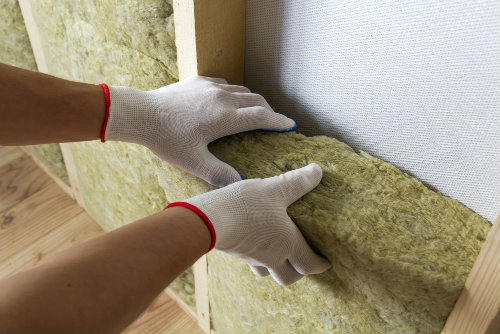Extruded polystyrene is much denser than expanded polystyrene (2.18 lbs. Expanded polystyrene is a type of foam made from polystyrene.
Extruded Polystyrene Vs Expanded Polystyrene. Making extruded, expanded polystyrene foam. Complete your research with top quality products.
 Common Appilcations of Extruded Polystyrene (XPS From insulationdepot.com
Common Appilcations of Extruded Polystyrene (XPS From insulationdepot.com
2 lb nominal density eps (expanded polystyrene) has become a very popular alternative to extruded polystyrene for under slab and perimeter foundation wall insulation customer projects extruded polystyrene cold storage insulation Expanded polystyrene insulation or eps insulation is manufactured using a mould to contain small foam beads. In other words, it has a higher insulation performance factor, which makes it very suitable for areas that require more insulation like attics, walls and basements.
Common Appilcations of Extruded Polystyrene (XPS
As pressure builds, the beads are tightly fused together. As pressure builds, the beads are tightly fused together. Xps (extruded polystyrene) or fiberglass insulation? In other words, it has a higher insulation performance factor, which makes it very suitable for areas that require more insulation like attics, walls and basements.
 Source: bettersoundproofing.com
Source: bettersoundproofing.com
Apart from their durability they have the advantage of being easy to work with. Extruded polystyrene is much denser than expanded polystyrene (2.18 lbs. Refer to the data sheet link for additional information on eps properties. As pressure builds, the beads are tightly fused together. The molten polystyrene is then extruded into the proper shape under conditions of high temperature.
 Source: universalconstructionfoam.com
Source: universalconstructionfoam.com
Popular alternative to extruded polystyrene for under slab and perimeter. Making extruded, expanded polystyrene foam. Apart from their durability they have the advantage of being easy to work with. The molten polystyrene is then extruded into the proper shape under conditions of high temperature and pressure. The difference between expanded polystyrene and extruded polystyrene.
 Source: extrudedrisuran.blogspot.com
Source: extrudedrisuran.blogspot.com
Apart from their durability they have the advantage of being easy to work with. Extruded polystyrene foam cell structure. The extruded foam then cools and expands into it’s final shape. 10 this process yields epf with small cell size that can be used to manufacture boards used for insulation. The key difference between expanded and extruded polystyrene is that we.
 Source: atlasmoldedproducts.com
Source: atlasmoldedproducts.com
This manufacturing process involves melting together the plastic resin and other ingredients. However, the difference lies in their manufacturing process. Refer to the data sheet link for additional information on eps properties. Polyisocyanurate, expanded polystyrene (eps), or extruded polystyrene (xps)? Which type of foam should you choose:
 Source: insulationdepot.com
Source: insulationdepot.com
Advantages of xps insulation as an interior attic insulation health risks Apart from their durability they have the advantage of being easy to work with. Insulating properties of xps foam. It is a lightweight, rigid and closed cell insulation. To manufacture a block of eps foam, polystyrene beads enter a large block mold where steam heats and expands the beads.
 Source: foaminsulationtips.com
Source: foaminsulationtips.com
The main difference between these two materials lies in their density. 2 lb nominal density eps (expanded polystyrene) has become a very. 10 this process yields epf with small cell size that can be used to manufacture boards used for insulation. The liquid formed is then continuously extruded through a die and expands during the cooling process. Polyisocyanurate, expanded polystyrene.
 Source: foambymail.com
Source: foambymail.com
Expanded polystyrene insulation or eps insulation is manufactured using a mould to contain small foam beads. The beads are melted, and a blowing agent is added. Extruded polystyrene vs expanded polystyrene xps is often confused with eps. Polyisocyanurate, expanded polystyrene (eps), or extruded polystyrene (xps)? Extruded polystyrene foam cell structure.
 Source: westroofingsystems.com
Source: westroofingsystems.com
However, the difference lies in their manufacturing process. As pressure builds, the beads are tightly fused together. In this piece we examine the differences between two types of insulation commonly used in mechanical insulation applications such as pipes, ducts and vessels. The molten polystyrene is then extruded into the proper shape under conditions of high temperature and pressure. It is.






